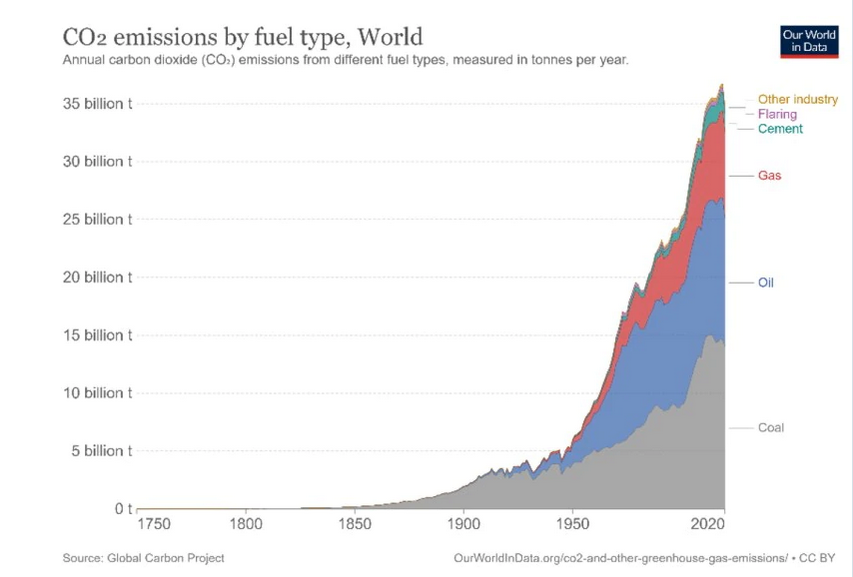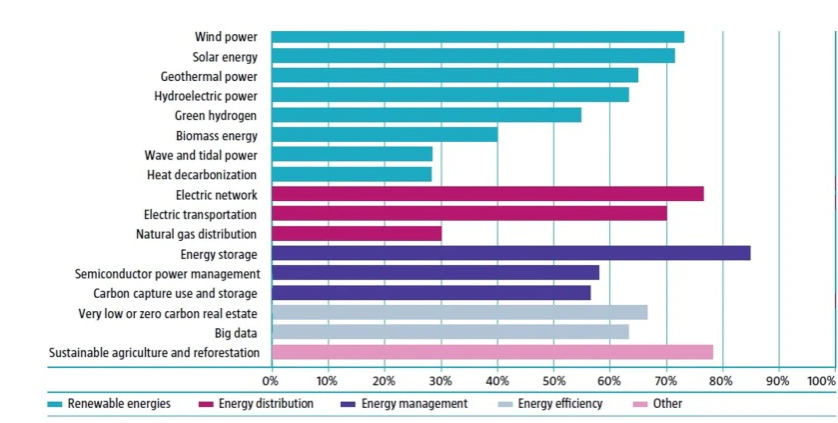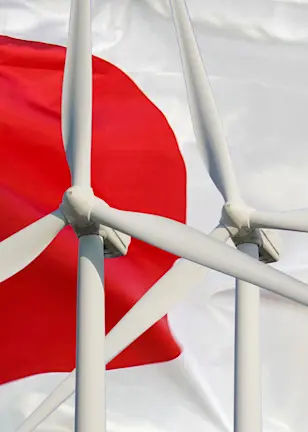Zugangsbeschränkung / Haftungsausschluss
Die auf diesen Seiten enthaltenen Informationen dienen ausschliesslich Marketingzwecken.
Der Zugang zu den Fonds ist beschränkt auf (i) qualifizierte Anleger gemäss Art. 10 Abs. 3 ff. des Bundesgesetz über kollektive Kapitalanlagen („KAG“), (ii) professionelle Kunden gemäss Art. 4 Abs. 3 und 4 des Bundesgesetz über die Finanzdienstleistungen („FIDLEG“) und (iii) professionelle Kunden gemäss Anhang II der Richtlinie über Märkte für Finanzinstrumente (2014/65/EU; „MiFID II“) mit Sitz in der Europäischen Union oder im Europäischen Wirtschaftsraum mit einer entsprechenden Lizenz zur Erbringung von Vertriebs- / Angebotshandlungen im Zusammenhang mit Finanzinstrumenten oder für (iii) solche, die hiermit aus eigener Initiative entsprechende Informationen zu spezifischen Finanzinstrumenten erfragen und als professionelle Kunden qualifizieren.
Die Fonds haben ihren Sitz in Luxemburg oder den Niederlanden. Die ACOLIN Fund Services AG, Postanschrift: Leutschenbachstrasse 50, CH-8050 Zürich, agiert als Schweizer Vertreter der Fonds. UBS Switzerland AG, Bahnhofstrasse 45, 8001 Zürich, Postanschrift: Europastrasse 2, P.O. Box, CH-8152 Opfikon, fungiert als Schweizer Zahlstelle.
Der Prospekt, die Key Investor Information Documents (KIIDs), die Satzung, die Jahres- und Halbjahresberichte der Fonds sind auf einfache Anfrage hin und kostenlos beim Schweizer Vertreter ACOLIN Fund Services AG erhältlich. Die Prospekte sind auch über die Website www.robeco.com/ch verfügbar.
Einige Fonds, über die Informationen auf dieser Website angezeigt werden, fallen möglicherweise nicht in den Geltungsbereich des KAG und müssen daher nicht über eine entsprechende Genehmigung durch die Eidgenössische Finanzmarktaufsicht FINMA verfügen.
Einige Fonds sind in Ihrem Wohnsitz- / Sitzstaat möglicherweise nicht verfügbar. Bitte überprüfen Sie den Registrierungsstatus in Ihrem jeweiligen Wohnsitz- / Sitzstaat. Um die in Ihrem Land registrierten Produkte anzuzeigen, gehen Sie bitte zur jeweiligen Länderauswahl, die auf dieser Website zu finden ist, und wählen Sie Ihr Wohnsitz- / Sitzstaat aus.
Weder Informationen noch Meinungen auf dieser Website stellen eine Aufforderung, ein Angebot oder eine Empfehlung zum Kauf, Verkauf oder einer anderweitigen Verfügung eines Finanzinstrumentes dar. Die Informationen auf dieser Webseite stellen keine Anlageberatung oder anderweitige Dienstleistung der Robeco Schweiz AG dar. Eine Investition in ein Produkt von Robeco Schweiz AG sollte erst erfolgen, nachdem die entsprechenden rechtlichen Dokumente wie Prospekt, Jahres- und Halbjahresberichte konsultiert wurden.
Durch Klicken auf "Ich stimme zu" bestätigen Sie, dass Sie resp. die von Ihnen vertretene juristische Person in eine der oben genannten Kategorien von Adressaten fallen und dass Sie die Nutzungsbedingungen für diese Website gelesen, verstanden und akzeptiert haben.
Sustainable Investing
Fossil fuel alternatives
Finding alternatives to fossil fuels is essential if the world is to combat global warming. The current reliance on fossil fuels led by coal, oil and gas cannot be understated, as it used to supply 80% of the world’s energy.1 The energy sector subsequently generates about three-quarters of all greenhouse gases and is by far the largest contributor to global warming.2

Coal, oil and gas dominate emissions by fuel type. Renewables except for biomass have virtually zero emissions.
Source: Our World in Data, 2020
But there are alternatives which are growing in use, particularly as the wind and solar energy sector acquires the scale it needs to be able to reliably supply electricity on the current scale of coal. The five primary alternatives to fossil fuels are renewable energy, nuclear power, hydrogen, biomass, and geothermal energy.
Renewable energy is defined as power derived from natural sources that can replenish themselves, such as wind, solar, tidal or hydroelectric. All are theoretically infinite, unlike fossil fuels which will run out at some point. Its main drawback is that if the wind doesn’t blow, the sun doesn’t shine or water levels are low, then the energy created can fall to zero.
Nuclear power is derived from splitting the uranium atom in a controlled way in a power station, creating nuclear fission. As no conventional fuel is burnt, nuclear power has zero greenhouse gas emissions. Its main drawbacks are the highly limited supplies of uranium, the dangers of accidents, and the fact that radioactive waste is difficult to dispose of.
Hydrogen is produced through the electrolysis of water into its constituent parts of hydrogen and oxygen. The electrolysis requires energy to work, and if this power comes from renewables (green hydrogen), then its only emissions are water vapor. If the energy comes from fossil fuels (gray or blue hydrogen) then it is less useful for cutting emissions.
Biomass is biological material that are either living or decaying, led by wood, plant, forest residues and compost material. Some crops such as rapeseed are specifically grown as biofuels. Many coal-fired plants are being converted to biomass in order to reduce emissions. Its main drawback is that burning biomass still produces greenhouse gases.
Geothermal power is harnessed from the Earth’s natural sources of heat, led by volcanic activity. It is the source of 30% of all electricity power in Iceland, which taps into thermal springs heated by molten rock lying thousands of meters below the surface. Its main drawback is that it is restricted to areas with volcanic sources.

Investor interest in alternatives to fossil fuels is led by wind and solar power.
Source: Robeco Global Climate Survey 2021.
Creating returns that benefit the world we live in
Collectively, non-fossil fuel power is often known as ‘clean energy’, though some forms of it are cleaner than others. Nuclear, for example is clean but occasionally dangerous, as the Chernobyl and Fukushima nuclear power plant disasters showed, and there remains the issue of how to safely dispose of the radioactive waste.
Use of fossil fuel alternatives has grown exponentially in recent years, accounting for 23.2% of all energy sources for power generation in 2020.3 Hydrogen is particularly seen as an alternative fuel for heavy transport such as ships, trucks and even aircraft, though it relies on existing supplies of energy to be created. Tidal projects have largely been shelved as being too expensive.
Related funds
Smart Energy D EUR
Andere Fonds auswählen
















